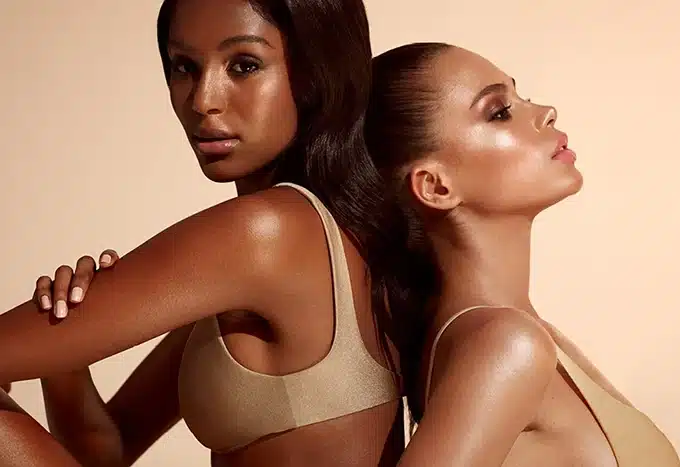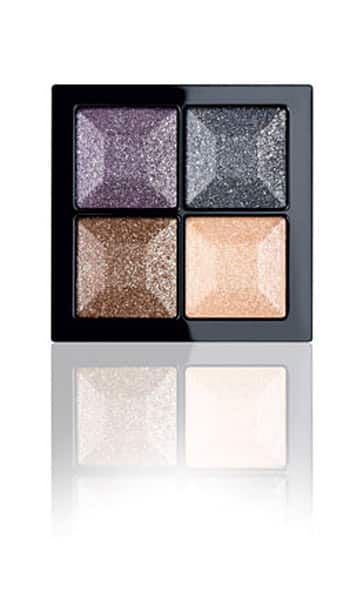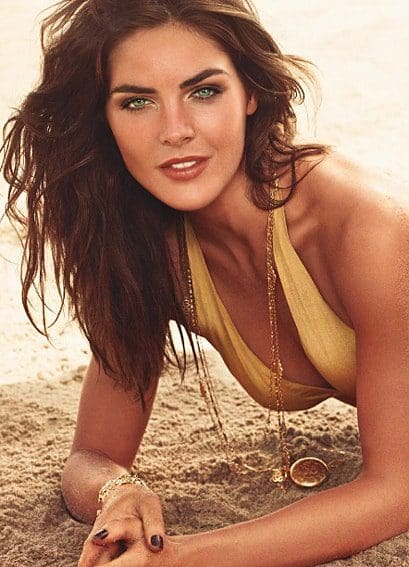words Alexa Wang
Makeup is an important part of our daily lives, but it is also ever changing and evolving with the latest fashions and trends. In this article, we will look at the increasingly popular ‘highlighter’, discussing what it is, what it does, and the science behind it.

The science behind makeup
Research has shown that only one in 14 women feel comfortable going without makeup. In fact, the study also found that 73% of women start wearing makeup as a teenager, and wear it for more than 60 years of their lives. But why is this?
There are four main reasons why makeup is so important to us – to blend into the background, to stand out more when we want to impress, because society tells us to do it from a young age, or, well, just because we like it!
Social studies have found that those considered attractive are more likely to succeed in life, get paid more, get considered for a job, and have stronger social skills, further highlighting the impact makeup has on our perception of feminine beauty.
Makeup has been used for centuries to enhance the face – but one of the newest phenomena is highlighter, in part popularised by the Kardashians. But what is highlighter, and what does it actually do?
What is highlighter?
There are a multitude of different highlight products out there – from creams to pressed powders, glitters to shimmers, and even skin illuminating drops. As the name suggests, they will make the area where it is applied appear to be lighter in tone, and reflect the light just that little bit more.
History and science of highlighter
Highlighter is an important aspect of contouring – a practice that dates back to the 16th century in theatres, allowing actors to emphasise their facial expressions. However, it did not really take off in the beauty industry until around the 1920s, thanks to Hollywood makeup artist Max Factor.
Despite Max Factor being credited with the invention of contouring, contouring in its current form is undoubtedly due to the drag queen scenes of the 80s and 90s that boomed thanks to the Gay Liberation Movement.
Scientifically, makeup has the power to transform the face temporarily – which is why drag queens used the technique to make their face appear more feminine whilst in drag. A darker shade can be applied to the areas of the face that you want to create more shadow, whilst a lighter shade will make the areas seem more pronounced.
Okay, but what does highlight actually do?
A cream highlighter or concealer is best applied to all the areas that the light might hit your face, which includes your chin, lower forehead, and under the eyes. You can also use the base highlighter to make areas look more chiselled and more pronounced, such as the nose and brow bone.
You might then use a highlighter with a bit more shine (or even glitter) to hit the highest points of the face, or the points you want to appear to be the highest, like the tip of the nose, top of the cheekbone, cupid’s bow, and under the curve of your brow.
And there you have it. With this science-backed guide, and understanding the concept more fully, you have all the skills you need to confidently incorporate highlighter into your tried-and-tested makeup routine.




